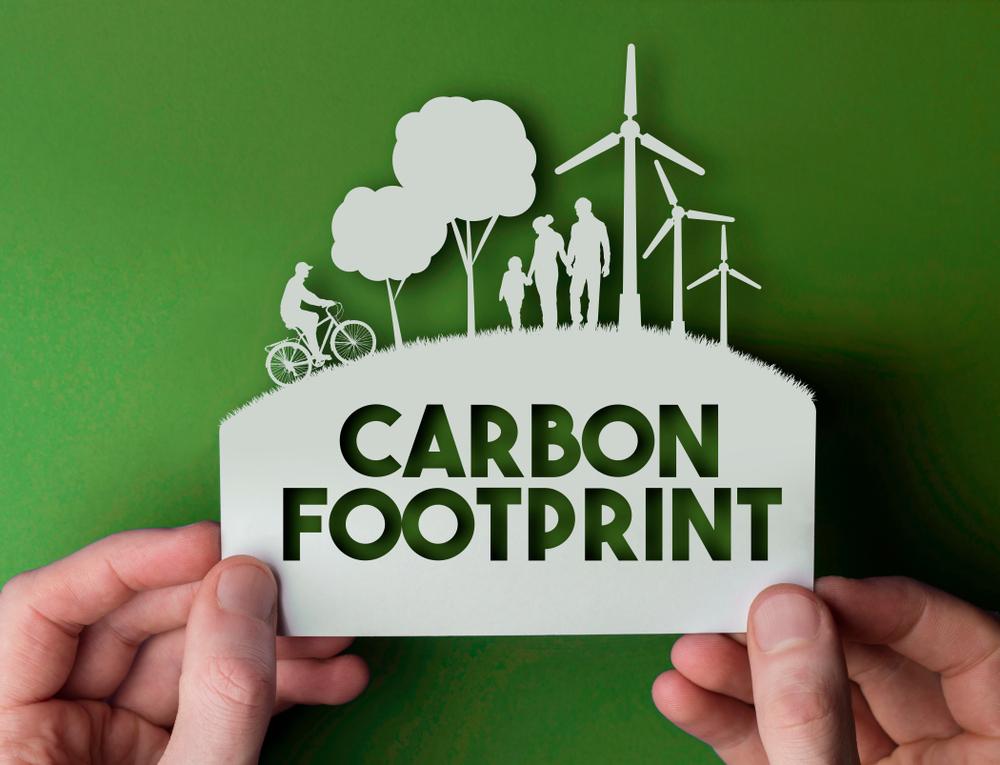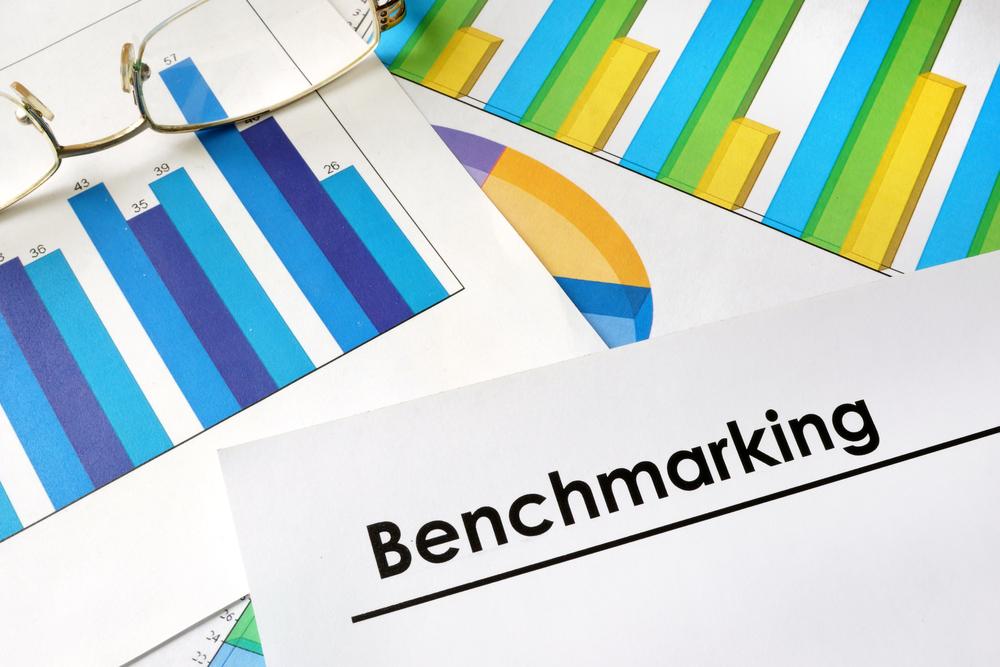I. Introduction
New York City, a bustling metropolis, is not only a global hub for culture and finance but also a pioneer in urban environmental regulation. A key component of its environmental initiative is NYC Local Law 84, part of a broader legislative strategy aimed at reducing the city’s carbon footprint. Understanding this law is essential for property owners and anyone interested in the sustainability efforts of America’s largest city.
Benchmarking, the process of measuring a building’s energy and water usage and comparing it to its peers, serves as a powerful tool for identifying inefficiencies and prompting improvements. Implemented correctly, it can lead to significant advancements in environmental sustainability, economic savings, and public health.
II. Understanding NYC Local Law 84

Enacted in 2009, NYC Local Law 84 was introduced as a part of the Greener, Greater Buildings Plan, which targets the largest source of pollution in the city: buildings. Any building larger than 25,000 square feet must annually report its energy and water use through this law. This policy stems from an acute awareness of the significant role urban centers play in global warming and their potential to lead changes in reducing greenhouse gas emissions.
The impetus behind LL84 is clear: to make building owners aware of their energy consumption patterns, incentivize improvements via transparency, and foster a competitive environment for energy efficiency. The law primarily affects owners of residential, commercial, and mixed-use buildings who find themselves navigating new territory of environmental accountability.
III. What is NYC Local Law 84 Benchmarking?
LL84 mandates the use of the ENERGY STAR Portfolio Manager tool, a widely recognized platform that provides a standardized metric for energy and water consumption. Using this tool, building owners can input their consumption data and receive performance scores. These scores benchmark a building’s performance against similar structures nationwide, highlighting areas for improvement and celebrating efficiency successes.
III. The Benefits of Local Law 84 Benchmarking
Environmental Benefits:
The overarching benefit of LL84 is environmental. By mandating benchmarking, NYC can better understand and manage its building-related energy use, integral to its goal of reducing greenhouse gas emissions by 30% by 2030 as part of the New York City’s Roadmap to 80 x 50.
Economic Benefits:
From an economic perspective, the data gathered and the improvements made from benchmarking can lead to significant cost savings. Energy-efficient buildings use less power and water, directly reducing utility expenses. Additionally, properties that are proven to be sustainably managed often see increased valuation and attract tenants more easily, which can drive higher rental incomes.
Social Benefits:
Socially, the push for energy efficiency leads to broader communal advantages, such as improved urban air quality and reduced strain on local utilities. This not only helps in creating a healthier living environment but also educates the public on the importance of energy conservation and environmental stewardship.
V. Challenges and Criticisms of Local Law 84 Benchmarking
Despite its benefits, LL84 is not without challenges. For many building owners, the transition to compliance can be daunting. The initial investments for older buildings to upgrade systems or improve insulation can be substantial. Furthermore, the administrative burden of annual reporting can be seen as an unnecessary strain, especially by smaller property owners who might lack the resources to manage compliance efficiently.
Critics also point out that the law might favor newer, already-efficient buildings and penalize older buildings that are inherently less efficient, potentially leading to skewed competitiveness and fairness in real estate markets.
VI. The Cost-Benefit Analysis of Local Law 84 Benchmarking

When evaluating the effectiveness of LL84, it’s crucial to conduct a thorough cost-benefit analysis. While the initial costs can be high—both in financial terms and effort—the long-term benefits often outweigh these costs significantly. Building owners who invest in compliant upgrades typically see a return on investment through reduced utility costs and enhanced property values. Moreover, the societal benefits of reduced energy consumption and environmental impact contribute to the law’s overall value to the community.
VII. Conclusion: Is Local Law 84 Benchmarking Really Worth It?
In weighing the pros and cons, the conclusion leans favorably towards the implementation of NYC Local Law 84. The benefits—environmental conservation, economic savings, and societal health improvements—present a strong argument for its continuation and support. For property owners and managers, engaging with resources such as LL84 compliance consulting and exploring innovative local law 84 compliance solutions can help mitigate the challenges and maximize the law’s potential benefits.
As stakeholders in one of the world’s most significant urban landscapes, it is incumbent upon NYC property owners and managers to look beyond immediate costs and consider the broader impact of their compliance. Making informed decisions that balance both economic concerns and environmental responsibilities is crucial in shaping a sustainable future for all.
VertPro.com serves as a resourceful platform for property owners and managers seeking to enhance their buildings’ energy efficiency. The site offers a range of services, including Commercial Energy Audits, Benchmark Compliance consultancy, and a Construction Marketplace. At the heart of VertPro® is a suite of SaaS technology-based solutions designed to assist in navigating the complexities of Energy Benchmarking and Energy Audits/RCx Plus, while ensuring adherence to over 60 Energy Benchmarking and Energy Efficiency Laws across the country.
For those looking to improve their property’s energy usage and operational value, VertPro.com provides a diverse array of tools and information. The site aims to facilitate a better understanding of energy efficiency practices and legislation, helping building owners and property managers make informed decisions about their energy strategies while complying with all energy ordinances and laws.














